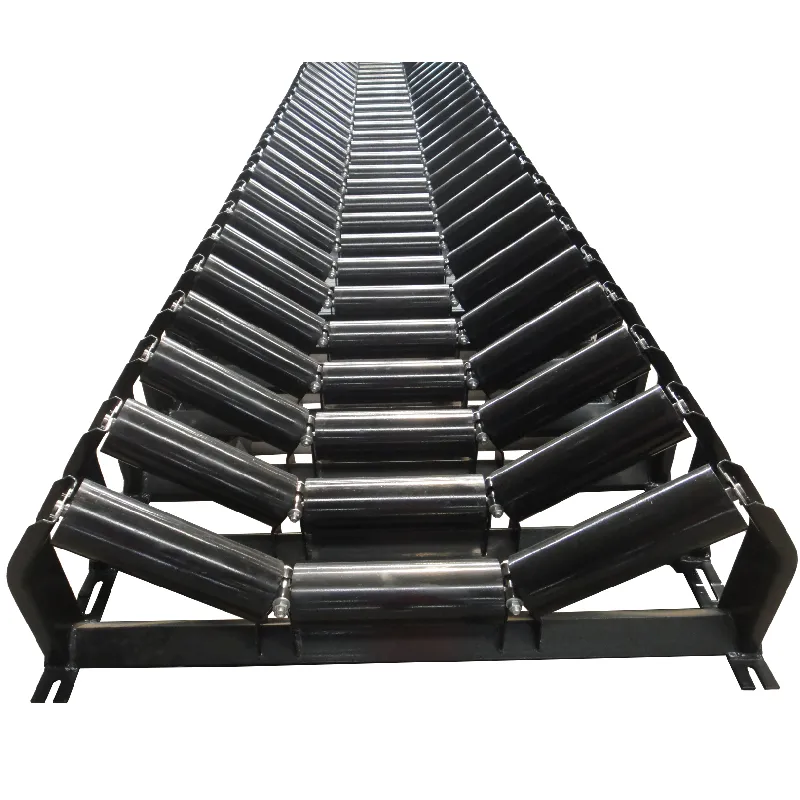 Afrikaans
Afrikaans  Albanian
Albanian  Amharic
Amharic  Arabic
Arabic  Armenian
Armenian  Azerbaijani
Azerbaijani  Basque
Basque  Belarusian
Belarusian  Bengali
Bengali  Bosnian
Bosnian  Bulgarian
Bulgarian  Catalan
Catalan  Cebuano
Cebuano  Corsican
Corsican  Croatian
Croatian  Czech
Czech  Danish
Danish  Dutch
Dutch  English
English  Esperanto
Esperanto  Estonian
Estonian  Finnish
Finnish  French
French  Frisian
Frisian  Galician
Galician  Georgian
Georgian  German
German  Greek
Greek  Gujarati
Gujarati  Haitian Creole
Haitian Creole  hausa
hausa  hawaiian
hawaiian  Hebrew
Hebrew  Hindi
Hindi  Miao
Miao  Hungarian
Hungarian  Icelandic
Icelandic  igbo
igbo  Indonesian
Indonesian  irish
irish  Italian
Italian  Japanese
Japanese  Javanese
Javanese  Kannada
Kannada  kazakh
kazakh  Khmer
Khmer  Rwandese
Rwandese  Korean
Korean  Kurdish
Kurdish  Kyrgyz
Kyrgyz  Lao
Lao  Latin
Latin  Latvian
Latvian  Lithuanian
Lithuanian  Luxembourgish
Luxembourgish  Macedonian
Macedonian  Malgashi
Malgashi  Malay
Malay  Malayalam
Malayalam  Maltese
Maltese  Maori
Maori  Marathi
Marathi  Mongolian
Mongolian  Myanmar
Myanmar  Nepali
Nepali  Norwegian
Norwegian  Norwegian
Norwegian  Occitan
Occitan  Pashto
Pashto  Persian
Persian  Polish
Polish  Portuguese
Portuguese  Punjabi
Punjabi  Romanian
Romanian  Russian
Russian  Samoan
Samoan  Scottish Gaelic
Scottish Gaelic  Serbian
Serbian  Sesotho
Sesotho  Shona
Shona  Sindhi
Sindhi  Sinhala
Sinhala  Slovak
Slovak  Slovenian
Slovenian  Somali
Somali  Spanish
Spanish  Sundanese
Sundanese  Swahili
Swahili  Swedish
Swedish  Tagalog
Tagalog  Tajik
Tajik  Tamil
Tamil  Tatar
Tatar  Telugu
Telugu  Thai
Thai  Turkish
Turkish  Turkmen
Turkmen  Ukrainian
Ukrainian  Urdu
Urdu  Uighur
Uighur  Uzbek
Uzbek  Vietnamese
Vietnamese  Welsh
Welsh  Bantu
Bantu  Yiddish
Yiddish  Yoruba
Yoruba  Zulu
Zulu Understanding Belt and Pulley Drive Systems for Efficient Mechanical Power Transmission
Understanding Belt and Pulley Drive Systems
Belt and pulley drive systems are integral components in various machinery and industrial applications, serving as a reliable means of transmitting power between different rotating shafts. This mechanical setup leverages the interplay between belts and pulleys to efficiently transfer energy, making it a cornerstone in engineering designs for simple conveyor systems to complex machinery.
Components of a Belt and Pulley Drive
At its core, a belt and pulley system consists of two main components the belt and the pulleys. The belt is typically made from flexible material such as rubber or synthetic composites, providing the necessary durability and friction required for effective operation. The pulleys, usually crafted from metal or strong plastic, are mounted on rotating shafts. When the pulley on the driving shaft turns, it exerts force through the belt to the pulley on the driven shaft, causing it to rotate and perform work.
There are several configurations of pulleys, including fixed pulleys, movable pulleys, and compound pulleys. Fixed pulleys change the direction of force but do not provide mechanical advantage. Movable pulleys, however, reduce the amount of force needed to lift loads, while compound pulleys combine both fixed and movable elements to further enhance efficiency.
Types of Belts
The performance of a belt and pulley drive system heavily relies on the type of belt used. The most common types are flat belts, V-belts, and timing belts. Flat belts are predominantly used in applications requiring high-speed operations, as they are capable of transmitting large amounts of power over long distances. V-belts, characterized by their trapezoidal cross-section, offer better grip and are often used in applications where misalignment might occur. Timing belts, featuring teeth that mesh with corresponding grooves in the pulley, provide precise timing and are commonly employed in engine timing systems and robotics.
Advantages of Belt and Pulley Systems
belt and pulley drive

Belt and pulley drive systems present numerous advantages. One of the most significant benefits is their efficiency in transmitting power with minimal energy loss. The flexibility of belts allows for significant distance between the drive and driven shafts, which can be advantageous in machinery design.
Moreover, these systems produce less noise compared to other drive mechanisms like chain drives. The cushioned contact between the belt and pulleys reduces vibration, leading to quieter and smoother operation. Additionally, the simplicity of the design allows for relatively easy maintenance and replacement, ensuring long-term reliability.
Belt and pulley systems also provide a degree of slip, which can be beneficial in preventing damage during overload conditions. If an excessive load is encountered, the belt can slip rather than break, which protects both the belt and the connected machinery.
Applications in Industry
The versatility of belt and pulley drive systems sees them utilized across various industries. In manufacturing, they are commonly found in conveyor systems that transport goods between different stages of production. In the automotive sector, these drives are used in engines, where timing belts play a crucial role in synchronizing the rotation of various engine components.
Belt and pulley systems also find applications in agricultural machinery, household appliances, and HVAC systems. Their adaptability to different applications highlights the importance of understanding their mechanics for engineers and technicians alike.
Conclusion
In conclusion, belt and pulley drive systems are an essential technology in modern machinery and industry. Their efficient power transmission, simplicity in design, and low maintenance requirements make them a favored choice in various applications. As technology advances, innovations in materials and design will likely continue to enhance the performance and functionality of belt and pulley systems, ensuring their relevance in future engineering solutions. Understanding the principles behind these systems not only aids in their effective application but also promotes advancements in optimizing their use in diverse settings.
-
Revolutionizing Conveyor Reliability with Advanced Rubber Lagging PulleysNewsJul.22,2025
-
Powering Precision and Durability with Expert Manufacturers of Conveyor ComponentsNewsJul.22,2025
-
Optimizing Conveyor Systems with Advanced Conveyor AccessoriesNewsJul.22,2025
-
Maximize Conveyor Efficiency with Quality Conveyor Idler PulleysNewsJul.22,2025
-
Future-Proof Your Conveyor System with High-Performance Polyurethane RollerNewsJul.22,2025
-
Driving Efficiency Forward with Quality Idlers and RollersNewsJul.22,2025





























